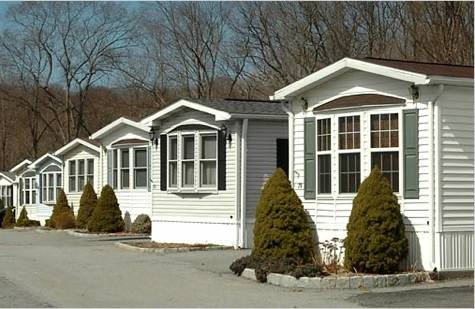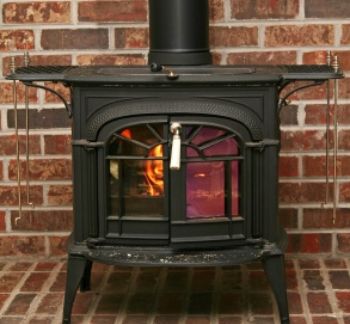 You will need a plumbing permit in order to do the following:
You will need a plumbing permit in order to do the following: - Replace water heaters and underground piping
- Alter piping inside a wall or ceiling, or beneath a floor, and for plumbing in all new installations.
- Emergency repair, alteration, or replacement of freeze-damaged or leaking concealed piping, if new piping exceeds 5 feet.
- Remodel or add on to your one- or two-family dwelling when existing plumbing is to be relocated. This includes installation of building sewers, water service, and exterior rain drains.
You will NOT need a plumbing permit under the following circumstances:
- When a property owner does "ordinary minor repairs" to plumbing systems on his or her own property, which means repair, replacement, or maintenance of existing accessible fixtures, parts, and appliances and their related water and drain attachments. Do not alter an existing plumbing system without a permit.
- When a property owner or licensed plumber performs emergency repairs to, or replacement of, freeze-damaged or leaking concealed piping, provided new piping doesn't exceed 5 feet in length.
You can get a plumbing permit from the Building Codes Division offices or your local building department. You will have to fill out some paperwork and pay a fee, both based on your exact location.
Remember, if you are using a contractor to do the work, that person is responsible for obtaining the permit and ensuring that the required inspections are done.
Things to keep in mind:
- A plan or blueprint is usually not required for a one- or two-family dwelling permit.
- Fees are based on the size and complexity of the job. Some local building departments base fees on the number of fixtures to be installed or the number of feet of piping for water, sewer, or rain drains.
- A plumbing inspector or office staff member can discuss your project with you.
- If you have the necessary information for the proposed project, you can usually leave with your permit.
- Plumbing permit fees are paid when the permit is issued.
Source: Building Codes Division




